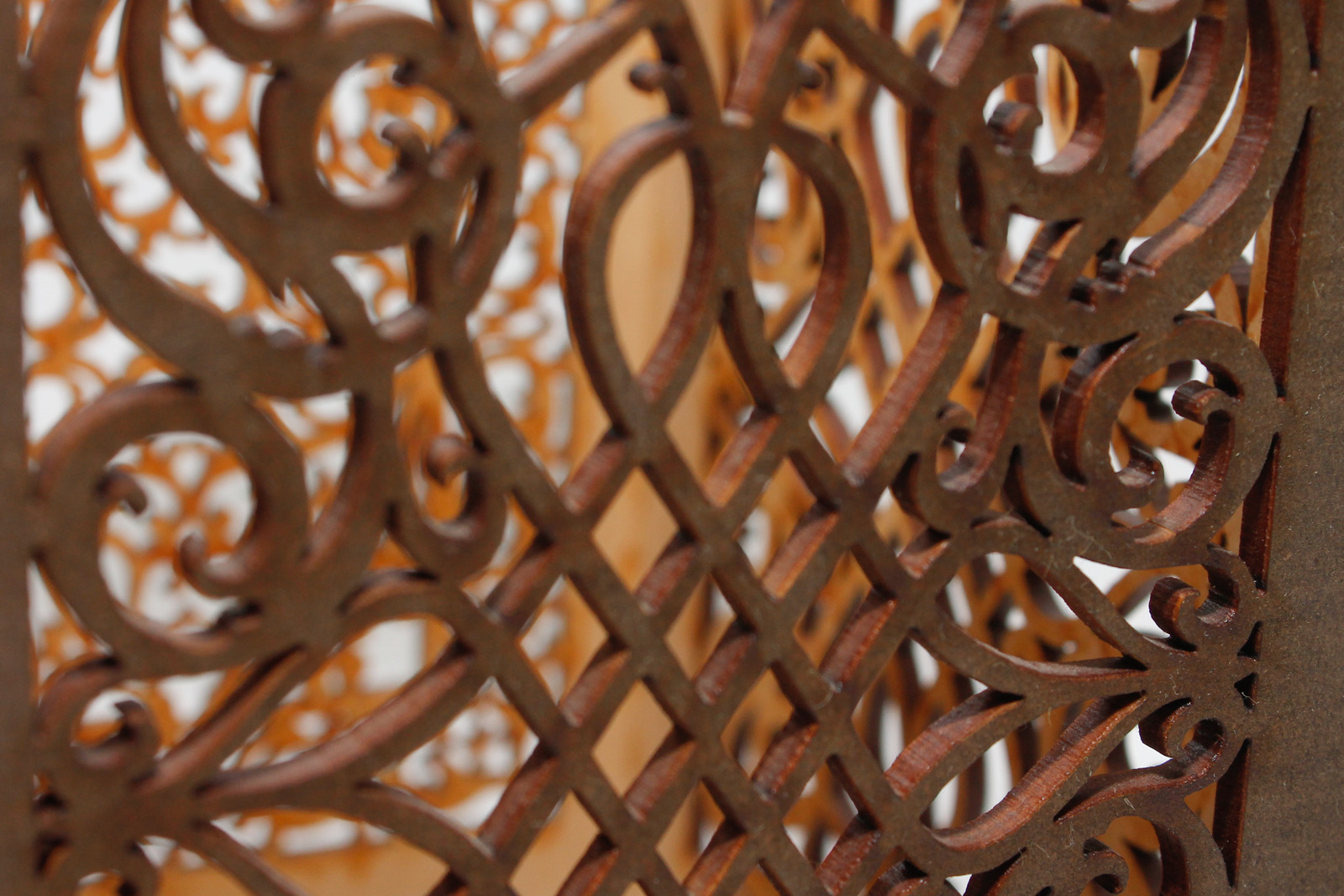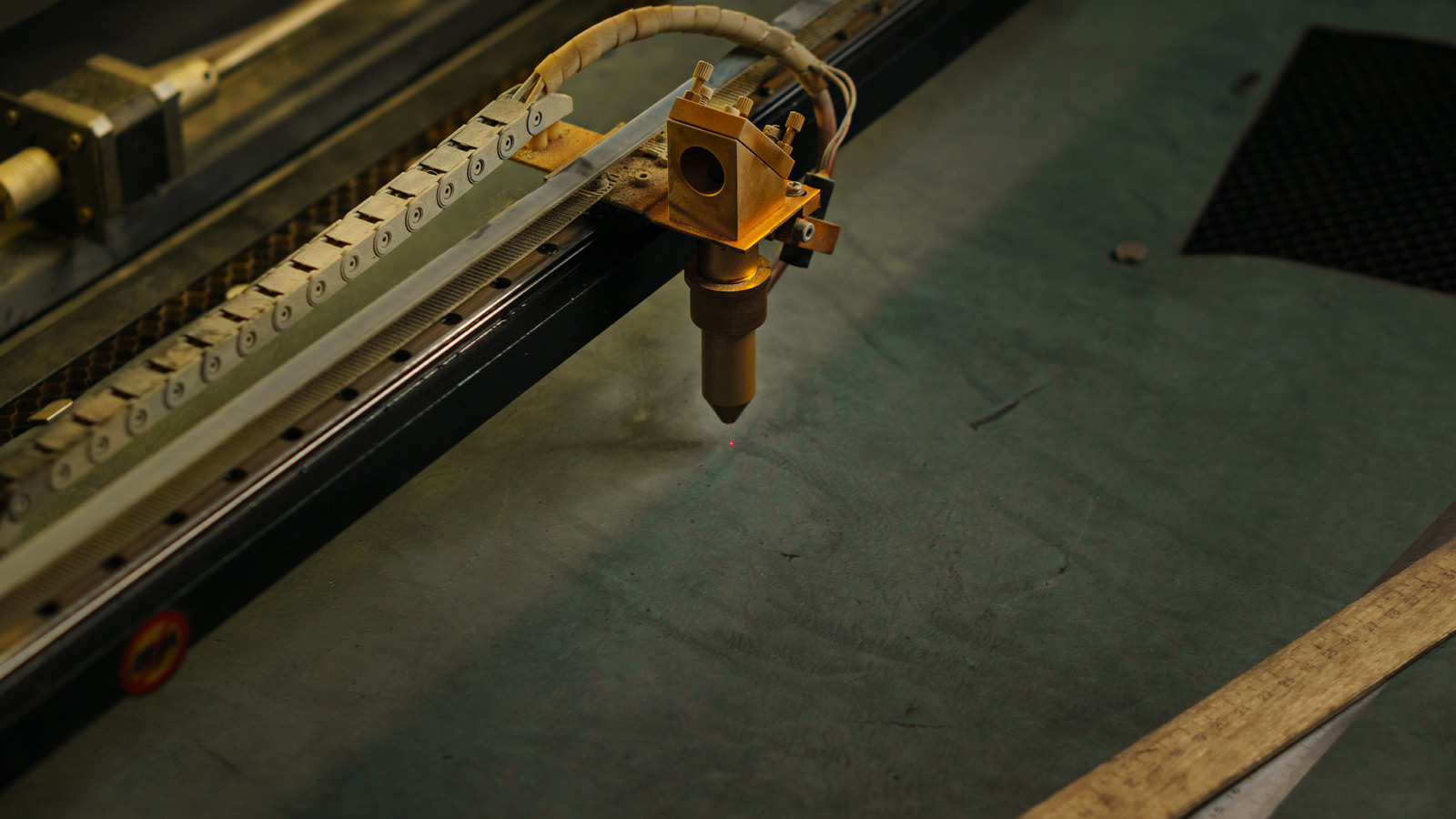When it comes to woodworking, laser cutting wood sheets presents a unique set of potential safety and practical considerations. Laser cutting can be a powerful tool for any DIY enthusiast or commercial woodworker, but with great power comes great responsibility. Here’s a guide to what you need to know to safely and effectively use a laser to precisely cut wood sheets.
Understanding the Basics
What laser cutter settings are required for wood?
settings When working with a laser cutter to cut, engrave or veneer wood sheets, there are several factors to consider in order to get the best results. To get the best laser cutter settings for wood, you need to think about the type of material, the thickness of the the material, and the power of your laser cutter. Different types of woods will require different settings.
Softwoods, such as pine, may require a lower laser power than hardwoods, such as maple and oak, since the laser power must be adjusted to the thickness of the material.
What type of wood should be used for laser cutting?
When it comes to laser cutting wood sheets, not just any wood will do. There are several factors you should consider when picking out the right type of wood such as the type of wood, the thickness, the grain, and the cost. The type of wood you choose will depend on the kind of effect you want to achieve with your laser cutting project.
For example, hardwoods are best for laser engraving projects as they provide sharp, intricate details.
Safety Considerations
What safety precautions should be taken when laser cutting wood?
When laser cutting wood sheets, it is important to consider safety precautions. Always wear protective eyewear, a dust mask and clothes made of natural fibers that cover arms and legs when operating the laser cutting machine. Other safety considerations include wearing non-flammable gloves when loading and unloading the material, as well as ensuring proper ventilation.
- Always Wear Proper Personal Protective Equipment (PPE): Wear safety glasses, protective gloves, and appropriate clothing when laser cutting any type of material.
- Make Sure the Laser Cutter is Properly Calibrated: Ensure that your laser cutter is adjusted correctly before use. This will help minimize risks when working with wood.
- Use Intrinsically Safe Materials: Avoid using materials that could lead to combustible dusts and explosions. Intrinsically safe materials can be used without fear of explosion.
- Understand Risk Factors: Understand the risks and hazards associated with laser cutting operations and take proper precautions to reduce risk.
- Utilize Automated Features: Automated features on laser cutters enable operators to work more quickly with increased safety, accuracy, and productivity. Implement automated features to reduce potential safety issues.
What materials should be used to collect fumes and debris?
When laser cutting wood sheets, the resulting fumes and debris can pose a danger to your health, make a mess of your workspace, and damage the laser cutter itself. To make sure you’re working in the safest, cleanest environment, you need to make sure you’ve got the right materials to collect the emissions and debris. The best materials to do this with are a vacuum cleaner, an exhaust fan and an air filter.

Tooling & Feeding
What tools are needed to successfully laser cut wood?
When laser cutting wood sheets, tooling and feeding, there are a few tools you need in order to achieve the best possible results. The most important tool for laser cutting wood is a high-quality laser cutter. These are specifically designed to make precise cuts into wood, and they usually come with a range of settings to allow you to make a variety of cuts and designs.
Additionally, you will need a veneer or masking material to protect the wood from burning or warping during the process.
Tips for aligning and supporting materials for laser cutting
Laser cutting wood sheets can be a challenging task if the right techniques, applications, and techniques are not taken into account. It is important to consider the tooling, feeding, and alignment of materials when using a laser cutter. Tooling, such as selecting the right type of bit and cutting edge profiles, is integral to the process of etching wood sheet.
- Ensure that the material is properly aligned and supported for maximum accuracy. Make sure to secure the material with clamps to ensure that it does not shift during the cutting process.
- Make sure to adjust the bed height and focus of the laser cutter before the cutting process. This will ensure that the laser beam is accurately aligned with the material, resulting in a clean cut.
- Choose the right tooling and feeding settings when laser cutting. Different materials require different settings and the laser cutter should be adjusted accordingly.
- Use the appropriate ventilation system when cutting materials. Proper ventilation is necessary to ensure that hazardous fumes are adequately removed when laser cutting.
- Implement safety precautions when working with laser cutters. Eye and hearing protection is necessary when working with laser cutters as they generate intense light and loud noises when in use.
Finishing Touches
How to seal your laser cut wood project
When completing a wood project with laser cutting, there are a few important finishing touches to keep in mind. To ensure that the wood is properly sealed, use a wood sealer or varnish to protect the surface of the wood over time. In addition, use wire brushes and sandpaper to remove any laser burn residue, which can be hazardous if it isn’t properly insulated.
- Choose a good quality sealant that is appropriate for your wood type. Test out the sealant on a sample area before you apply it over your entire project.
- Always start by cleaning the wood surface with a soft cloth and wood cleaner to remove dust and dirt residue.
- Use a high quality brush, roller, or aerosol sealer to evenly apply the sealant. Make sure to follow the instructions and safety requirements on the product.
- For extra protection and a beautiful glossy finish, consider applying a few coats of varnish to the wood surface.
- Allow the sealant to thoroughly dry before handling your finished product.
Ideas for adding design elements to your laser cut wood project
When it comes to laser cutting wood sheets for projects, there are several ways to add design elements to your finished product. Depending on your project and the type of wood you are using, you may choose to use a variety of techniques, such as laser engraving, laser cutting, wood veneer and more. Laser Engraving is a popular technique used to add intricate patterns and details to wood projects.
What type of plywood is best for laser cutting?
When it comes to laser cutting wood sheets, it’s important to choose the right type of plywood for the job. Plywood is a popular and versatile material that is used in many applications, including laser cutting. When it comes to wood laser cutting, choosing the right type of plywood is paramount in producing accurate and quality results.
Conclusion
How laser cutting can improve your woodworking projects
When it comes to woodworking, laser cutting has become a must-have tool. Laser cutting can help you work with harder woods, cut intricate patterns, and even do intricate engravings. With a laser cutter, you can make accurate cuts and etchings that elevate the look and quality of your projects.
Wood laser cutting allows you to quickly and easily create and customize shapes and patterns on wood veneer, one of the most popular materials in the woodworking world. By having a laser cutter, you can easily create beautiful and unique projects that will stand out from ordinary woodcraft. You can even use laser etching with wood veneer to give your projects a personalized touch.
Recap of key points to consider when laser cutting wood sheets
To wrap up, it’s important to consider all the details when you’re laser cutting wood sheets. Different types of woods have different safety risks due to their flammability, and you’ll need to understand how to work with the wood in order to get the best results.


